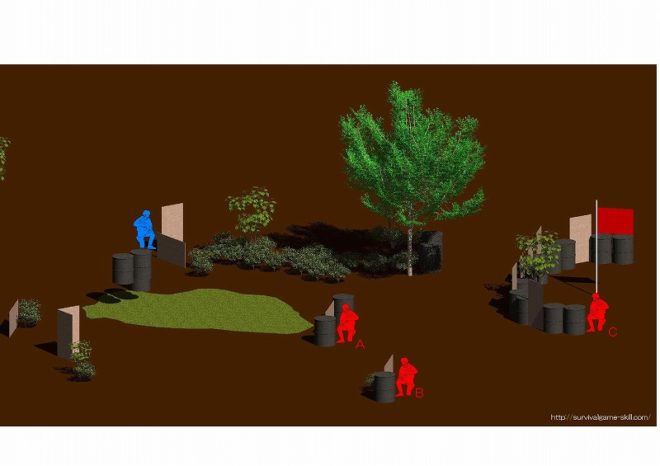Scalable Vector Graphics (SVG) are a family of Open Source specifications developed by the World Wide Web Consortium (W3C). SVG files are written in eXtensible Markup Language (XML) and used to build two-dimensional digital imagery. These images can be displayed on PCs, laptops and handheld computing devices. SVG files describe imagery using vector shapes and linked raster images (bitmaps) but may also contain animation, interactivity and internal style sheets.
Svg Lab
Similar to the popular CSS3 Patterns Gallery but this is SVG. Visit our site daily for Free Svg Files as well as other free and Premium design resources. These SVG Files are made for use with Cricut, Silhouette and other vinyl cutting machines. ISplash颜色Mac版是Mac平台上的一款图像处理工具软件。iSplash颜色Mac版是一款颜色或重新着色的照片效果编辑器。软件特色 iSplash颜色Mac版是下一代的颜色和编辑照片工具。iSplash是唯一的色彩调和应用程序,使用简单易用的彩色屏蔽功能到您的照片颜色。让你.
Because SVG files are written in plain text, it is possible to create basic SVG imagery by 'hand-coding' XML in a text editor. However, it can be relatively difficult to draw vector-based shapes by typing in X,Y coordinates. For stylized artistic designs, it is often easier and more intuitive to use a computer graphics application like Adobe® Illustrator® to assist with the drawing tasks.
For data visualization, complex charts, graphs and schematics may be dynamically-generated from data files. Information stored in databases or XML can be manipulated with programming languages (e.g. C/C++, Java), scripting languages (PERL, PHP) or eXtensible Stylesheet Language Transformations (XSLT) to visualize complex data sets as SVG imagery.
My name is Daniel Humann; I'm a designer and developer working in computer graphics, the Web and software development. The SVG LAB web site is a personal project that I started to explore SVG and how it may be used in conjunction with HTML5 and related technologies (e.g. CSS, SMIL) to create visually-rich, interactive web sites and applications.
SVG LAB is like a sketch book—a place to collect ideas and experiment with various techniques. It also provides a convenient location to store files and share them with friends and colleagues. I've chosen to publish these materials in hopes that they might inspire other designers and developers to investigate SVG and expand it's presence on the web. So get involved! Start using SVG in your projects. It's interesting, fun and free.
In addition to this site, I've also created a companion blog at Tumblr, where I occasionally post various SVG-related stuff. If you're on Twitter and you're so inclined, you can churp @SVGLABcom to start a discussion, share links or just say 'hello!'
The Experiments (and example code) are basic demonstrations of SVG technology. They are provided for educational purposes.
The examples shown at this web site illustrate general principles and techniques. However, I don't go into great detail about methods or how something was achieved. If you're interested in learning more about a particular technique, I enourage you to dig deeper. Examine the source code for each example, learn more about SVG, search the web and see what other people are doing with the technology. Most importantly, experiment and try it out for yourself.
Unless otherwise indicated, the examples shown on this site are released under a Creative Commons Attribution 3.0 License. Feel free to download the stuff. Modify and improve on it. Use the examples as starting points for your own projects. If you would like to contribute examples of SVG content for display on this web site, get in touch with me.
W3C
SVG Recommendations
Related Recs/Specs
Misc.
Help
Reference
Discussions
- StackOverflow(Search SVG)
Graphics Apps
Commercial
- Adobe Illustrator(Win, Mac)
- Corel Draw(Win)
Freeware
- Inkscape(Win, Mac, Linux)
- SVG-edit(Web-based SVG editor)
- Google Docs: Drawings(Web-based; exports SVG)
Svg Labour Department


By Ondrej Kvasnovsky
- Category:Developer Tools
- Release Date: 2015-11-20
- Current Version: 1.0.1
- Adult Rating: 4+
- File Size: 82.31 MB
- Developer: Ondrej Kvasnovsky
- Compatibility: Requires iOS 10.7.4 or later.
JavaPoint is presentation tool for Java 8. You can execute code during your presentation and mix them with slides.JavaPoint is short cut powered tool in order to deliver clean and neat presentation of Java code execution.There are other little things that are going to make presentation of Java code easier:- Increase or decrease font size seamlessly during presentation- Choose between dark or light mode- Quickly navigate between Java files when working in workspaceHow it works:1. Create a directory on your file system and store scripts there2. Open that directory. You can navigate between the files inside a folder using short cuts.Shortcuts:- Create new file: Cmd+N- Create new HTML Slide: Cmd+Alt+N- Open Workspace (all files in a folder): Cmd+O- Save currently opened file: Cmd+S- Save currently opened file with other name: Cmd+Shift+S- Rename File: Cmd+Alt+R- Delete File: Cmd+Shift+D- Undo changes: Cmd+Z- Redo changes: Cmd+Shift+Z- Remove a line: Cmd+D- Format Code: Cmd+Alt+L- Turn on/off line wrapping: Cmd+W- Turn on/off reactive mode: Cmd+R- Turn on/off println linking: Cmd+L - Switch between dark and light mode: Cmd+;- Increase font size: Cmd++- Decrease font size: Cmd+-- Reset font size to default: Cmd+0- Execute code: Cmd+Enter- Navigate to first file: Cmd+.- Navigate to last file: Cmd+,- Navigate to file a previous file in a folder: Cmd+[- Navigate to file a next file in a folder: Cmd+]- Navigate to file by using index of a file: Cmd+1, Cmd+2, Cmd+3, Cmd+4, Cmd+5, Cmd+6, Cmd+7, Cmd+8, Cmd+9Java version: 1.8 (72)

Comments are closed.